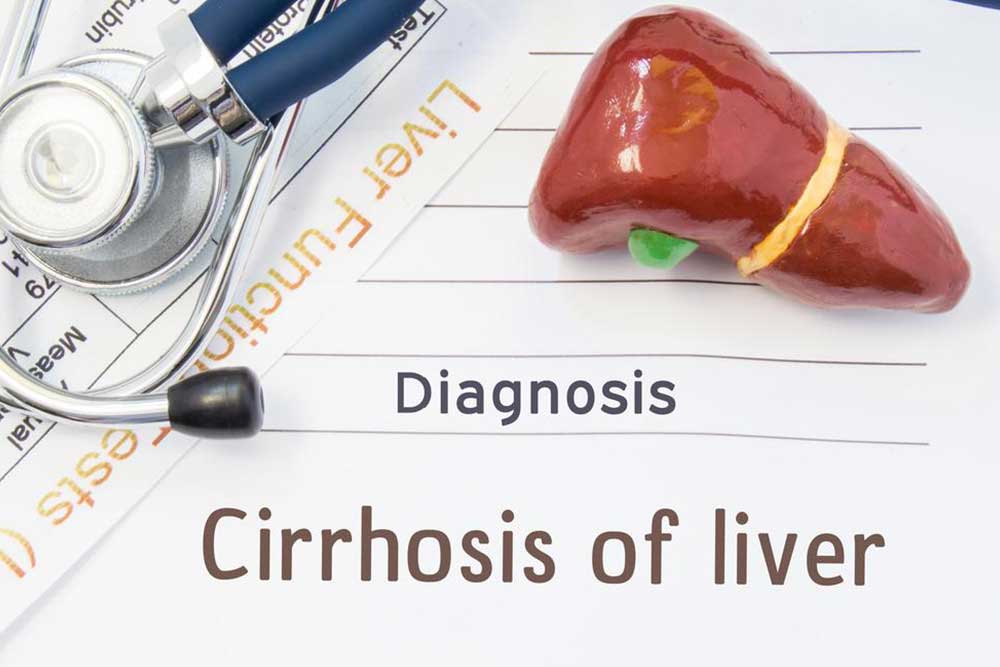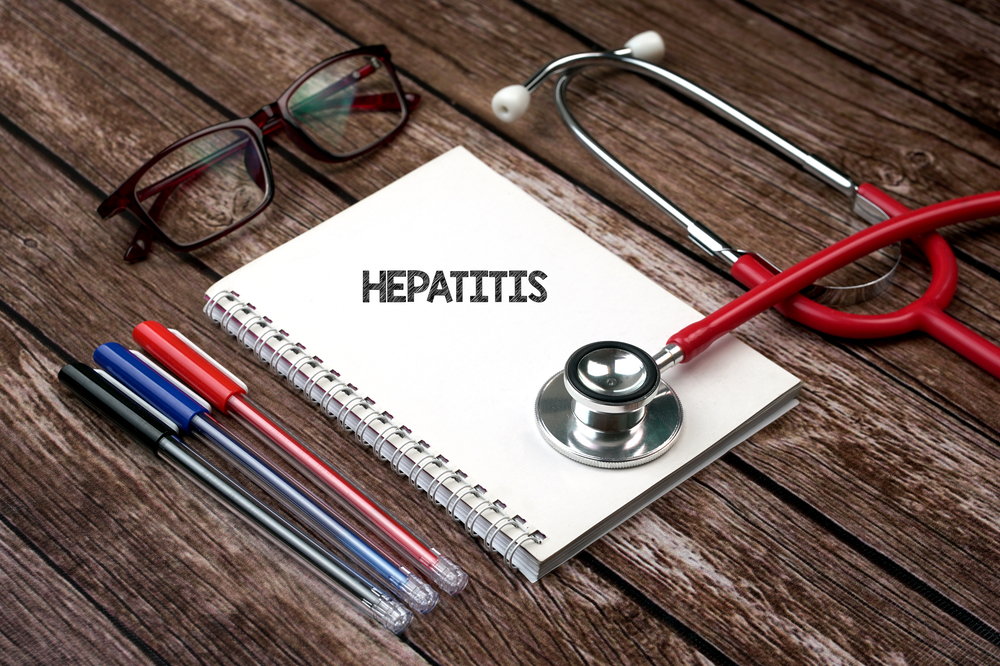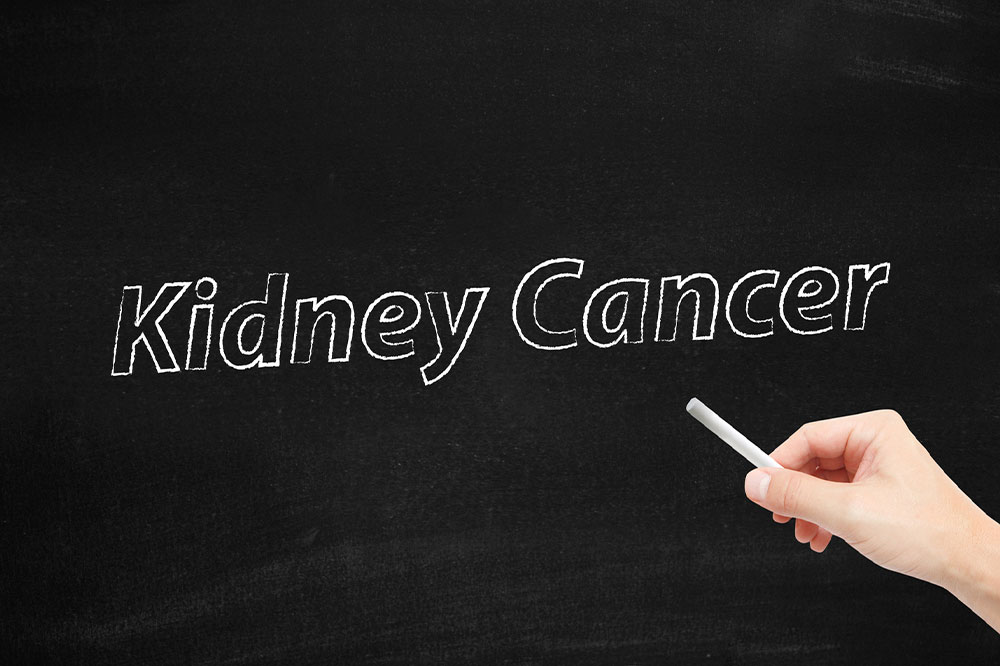Understanding Liver Cirrhosis: Stages and Management
Learn about the four stages of liver cirrhosis, their symptoms, complications, and treatment options. Early detection can improve management and outcomes. This comprehensive overview covers causes, progression, and necessary lifestyle adjustments for better liver health.

Understanding Liver Cirrhosis: Stages and Management
Liver cirrhosis is a progressive condition where healthy liver tissue is replaced with scar tissue, impairing liver function. It is often caused by hepatitis infections or prolonged unhealthy lifestyle choices. The disease advances through multiple stages, each exhibiting distinct symptoms and severity levels. Recognizing these stages is crucial for effective treatment and management.
Common Symptoms
Typical signs of cirrhosis include
extreme fatigue,
nausea,
unintentional weight loss,
drowsiness,
yellowing of skin and eyes,
loss of appetite,
skin issues, and
swelling in limbs or abdomen.
Stages of Liver Cirrhosis
The progression of cirrhosis is divided into four phases, each reflecting increasing damage and complications.
Two critical complications include varices—enlarged veins—and ascites, which is fluid buildup in the abdomen. Both indicate portal hypertension caused by disrupted blood flow through the liver.
Stage 1
No varices or ascites are present, but liver damage begins. Symptoms may include overwhelming fatigue and low energy levels.
Stage 2
Portal hypertension worsens, causing esophageal varices. Prompt medical attention can sometimes reverse early damage.
At stage 3, ascites and varices develop, with limited reversibility—often leading to considerations for liver transplantation.
Stage 4
The final stage signifies advanced liver failure. Varices may rupture, causing gastrointestinal bleeding, which is life-threatening. A transplant is usually the only option.
Managing Liver Cirrhosis
If diagnosed at any stage, consider these strategies:
Limit alcohol intake
Consistently take prescribed multivitamins
Avoid NSAIDs to prevent worsening condition
Consider a liver transplant if advised by your doctor
Important Notice:
The information shared here aims to educate and inform. It should not replace professional medical advice. Consult healthcare providers for personalized diagnosis and treatment plans. The site is not responsible for discrepancies or inaccuracies in external data or for offers not covered here.










